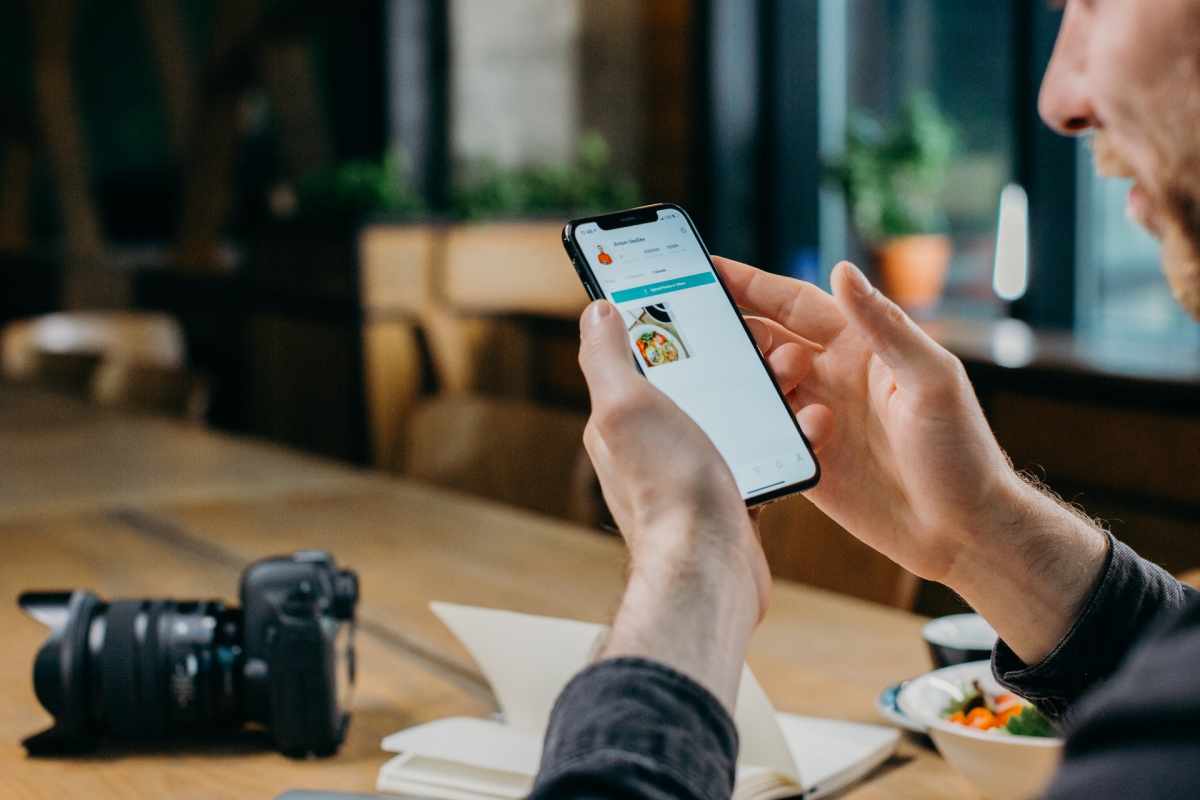Strong prototypes are essential to building products that your target market will love. To understand more about how the best in the business test prototypes, we reached out to design and engineering leaders to round up the top ways to test prototypes with customers and stakeholders to produce better products.
It’s important to start with the reality that teams need to lead up to prototype testing. They might start by testing wireframes to validate their overall business idea and later test prototypes to see what product tweaks are needed. The point of prototyping is to create a feedback loop with team members, stakeholders, and potential customers to ensure that product changes come to light and are made as early on in the process as possible to save resources and launch the best product into the market.
In our conversations with these prototyping pros, an order of operations seemed to emerge:
- Test the prototypes with internal stakeholders (such as employees, close advisors, maybe even friends and family members) to discover the most glaring issues before showing it to anyone else. Harriet Chan, the co-founder and marketing director at CocoFinder, points out that it is “important to get feedback from stakeholders who may not be directly involved with the customer base. This could include people from management, marketing, finance or other departments whose input can be valuable in determining how well the product will meet the needs of the organization.”
- The next step is to move on to get feedback from trusted customers. This only applies to companies that have already launched an initial product and have paying customers to lean on. These are the customers who may have given you glowing reviews, maybe a customer quote for your website, or even a full case study. They are your champions and early adopters. They also have no problem being very honest with you. They will answer all of your questions without hesitation and bring their existing experience with your product to their prototype testing session.
- Next, you should be connecting with strangers. These might be people you’ve recruited online or willing participants sitting next to you in a coffee shop. While it’s much harder to recruit complete strangers to take part in prototype testing, they will give you the fresh perspective you need. Unlike loyal customers, they will have no idea what your existing products look like and not have any of the associated bias. However, you will have to be even more careful with the way you ask questions to make sure they aren’t just telling you what you want to hear or omitting crucial details in hopes of cutting the interview short.
- All of the feedback you’ve compiled from these three groups will need to be synthesized by the team to find commonalities. The legitimate changes testers requested and flaws that came to light will need to be addressed as soon as possible. Then the feedback loop begins again (and it should never end!) You can both go back to the same testers if they are open to it. And, for good measure, you might want to engage some new people as well to make sure bias isn’t seeping in for the repeat testers. The goal at this stage is to determine if the changes you made were effective and if further modifications will be necessary before launch.
So what specific advice did these pros have when it comes to prototype testing?
Decide on Format
Teams might decide to host prototype testing sessions in person or remotely. Both have unique pros and cons. Remotely testing prototypes can be easier because users can test the prototype from the comfort of their own homes, but you might not be able to see their facial expressions, which could give some extra detail on what they really think of your prototype. In-person prototype testing sessions might be difficult to schedule and incentivize, but they might build a stronger rapport with the team and lead to repeat testing sessions.
Don’t Forget About Usability Testing
Prototype testing is about much more than just look and feel: teams using high fidelity prototypes should be trying to figure out if the features and user flows really work in the eyes of the user. Interactive prototypes are essential for this type of testing.
Harriet chimes in with her experience of prototype testing: “One popular way to test prototypes with customers and stakeholders is through usability testing. This involves observing how people interact with the prototype to identify any potential usability issues.
“We let our users interact with our software and analyze where they encounter problems or get confused about using it. We also test our product with many realistic use cases to make sure all the scenarios are covered.”
Engage with a Group
Harriet continues, “Another common approach is to conduct focus groups or interviews with customers to get their feedback on the proposed design. Additional feedback can also be obtained by conducting surveys or rating scales.”
It is worth trying out group testing and comparing it to the results you experience with individual testing. The participants might point out flaws and suggestions that others might not have thought of, getting their creative juices flowing and leading them to have better feedback.
Save Time by Leaning on Internal Resources First
Teri Shern, Co-founder of Conex Boxes, explains that at her organization, “When we test prototypes, there is a process we follow to ensure the final testing stages are as close to the final product as possible. We do extensive internal testing of a product before we take it to a few selected customers to try the product out. Doing internal testing allows us to work through faults that may occur and end up taking up unnecessary focus during the customer testing phase. This helps our customers to identify more specific smaller issues that we may have missed, meaning we can create a more flawless product to release to all our customers.”
Timing is everything when prototype testing. You have to iron out as many issues as possible before showing it to potential customers. A prototype is not going to be perfect because, frankly, it is supposed to be a work in progress. But common errors and significant usability issues need to be fixed before anyone outside of your staff and investors is allowed to play around with it. The time you have with testers is priceless, don’t waste it by discussing easy fixes.
Use the 5-Second Test
Christiaan Huynen, CEO & Founder of DesignBro, shares: “Usability and visual hierarchy is perhaps the most important factor to consider in designing a website. I run a design and advertising agency, and we use the 5-second Test to guarantee clients that the message they want to convey is effectively communicated. Attention span is perpetually shortening, and recent studies show that, on average, a website has only eight seconds to catch a user’s attention. The Test involves showing participants the image or interface for five seconds. A series of questions will be asked, making them rely on memory and impression of the design. This tactic is important in guiding us if key elements are presented accordingly.”
The questions you ask during prototype testing will make or break the exercise. Ask leading questions, and you’ll introduce bias that can’t be removed from the interview. Stay perfectly on script, and you will miss illuminating insights that you might have gotten to if you had just prodded a tiny bit more.
Final Thoughts
When considering how to test prototypes, it’s essential to remember that it is an ongoing process. It is never quite over. Whether you’re working on a new feature or are trying out a completely new product line, your community and even groups of strangers can be immensely helpful in providing feedback through prototype testing. So call on them early and often to produce better products.
How do you successfully accomplish prototype testing? Let us know by tweeting us @Protoio.
Proto.io helps you bring your idea to life in no time, with no coding skills required. It’s ideal for UX designers, entrepreneurs, product managers, marketers, students, and anyone with a great idea. Sign up for a free 15-day trial to start building your first prototype today!









